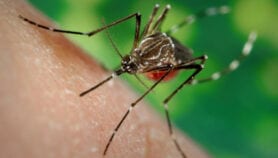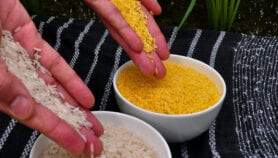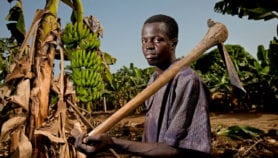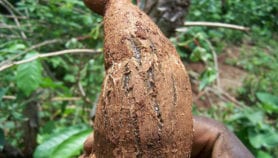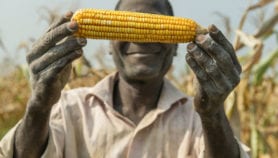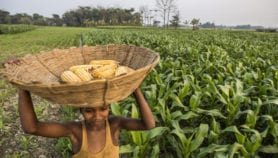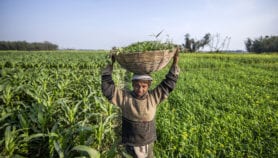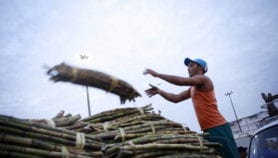By: Lisbeth Fog
Send to a friend
The details you provide on this page will not be used to send unsolicited email, and will not be sold to a 3rd party. See privacy policy.
[BOGOTA] Controversy is growing in Colombia over the government’s decision to go ahead with the commercial cultivation of genetically modified (GM) cotton.
Colombian farmers have already planted 6,500 hectares of commercial Bt cotton — which has been genetically modified to resist the bollworm pest — in the north of the country, to be harvested in February or March. The government also plans to allow the planting of GM crops, such as maize, in other regions of the country.
But the government’s move has been criticised by environmental groups, who argue that GM crops should not be planted without an ‘environmental licence’ — a certificate issued by the environment ministry authorising projects that may affect biodiversity, such as new roads and various industrial and agricultural activities.
“There has not been sufficient technical evaluation of the impact of introducing GM cotton,” says Germán Velez, director of Fundación SwissAid, a nongovernmental organisation that is campaigning against the introduction of GM crops in Colombia.
In response to such comments, Ana Luisa Díaz from the Colombian Institute of Agriculture, says that trials have shown that Bt cotton does not harm the environment or produce allergies in humans. “It reduces production risks and costs, as well as attacks of five , and gives the farmer better yields,” she says.
Carlos Gustavo Cano, the Colombian minister of agriculture, defends the government’s decision to allow Bt cotton to be planted, arguing that the crop is “a very promising technological option which could improve our cotton”.
And Rafael Mejía, the director of the Colombian Society of Farmers said that even though his organisation encourages a variety of farming methods — including conventional, organic and GM techniques — “with GM crops we could be more competitive in certain products and markets”.
In 2000, Colombia approved the commercial planting of GM blue carnation, but only for the export market. Universities and research centres across the country are also carrying out research in GM varieties of crops that are key to the Colombian economy, such as coffee, banana, sugarcane and tropical fruits.
But Velez complains that there has been little public debate about the use of GM crops in Colombia, and few surveys to assess public opinion on the issue. Indeed even the farming community seems to be deeply divided on the issue. In a survey carried out by the Colombian Society of Farmers last year, while 50 per cent of farmers said they would be willing to use GM technology, 46 per cent said they wouldn’t, and 4 per cent were unsure.
The Colombian Ministry of Agriculture points out that four other Latin American nations — Argentina, Honduras, Mexico and Uruguay — have approved GM crops, and that more than a fifth of the world’s GM crops are grown in Argentina. In contrast, however, the rest of Latin America grows only 1 per cent of the world’s GM produce.




